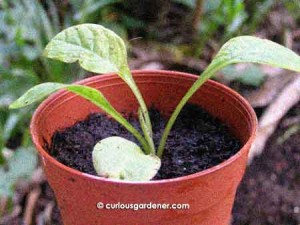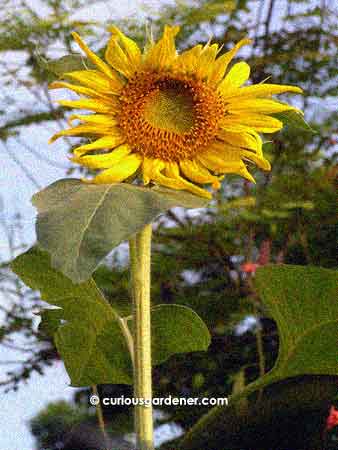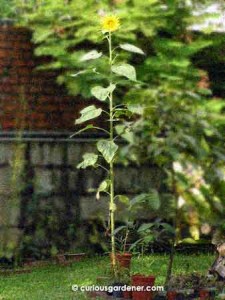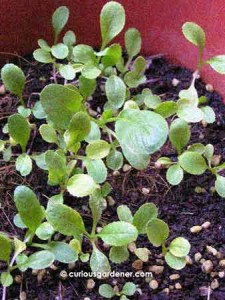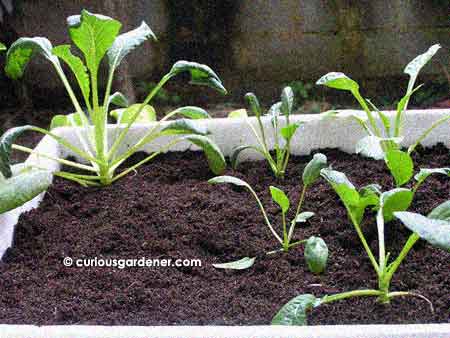Passalong plants are exactly what they sound like: plants that gardeners pass along to other gardeners. That’s very much how I began gardening so many years ago – when my sister gave me cuttings from her garden when she pruned her plants.
Yes, it’s difficult for us gardeners to throw away any of our “babies”, isn’t it? ![]()
This weekend was another passalong one. My regular “plant fairy godmother”, Skyfiery :), gave into my keeping a young comfrey plant. Ever since reading about it in my favourite permaculture handbook, The Permaculture Home Garden by Linda Woodrow, I was interested in getting this plant because of its many uses – the most important that it’s an excellent micronutrient collector, whose leaves add nitrogen, silica and calcium to the compost heap, or can be fermented in water to be used as a liquid fertilizer. However, it may not grow well here because of our different climate. Well, nothing ventured, nothing gained!
What will definitely grow well are the cuttings of vitex trifolia that I got from a member from the GCS forum. It apparently can grow into a large plant, and is grown across Singapore. It, too, has several uses, that I’ll elaborate on in a future post. I simply wanted it because it’s said to have anti-mosquito properties – something that’s important to me because mosquitoes and dengue are an issue where I live. I was quite surprised to hear about the other uses of this plant. As soon as I got back, the cuttings were lovingly prepared, planted and left to take root and grow.
May my new plants grow and prosper in their new home! And many thanks to my fellow gardeners for the gifts their of plants! 8)
© 2011 curiousgardener.com All rights reserved.

